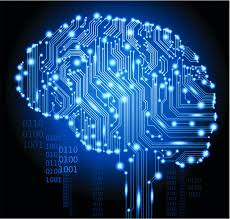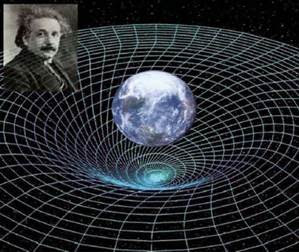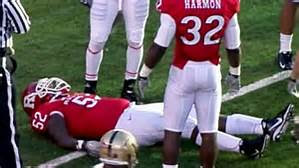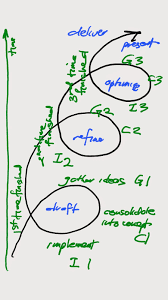
Scenario: You want to buy a car. Problem: You can't decide which one to buy.
Seven strategies- Straight out of the labs of Neurobiologists inside psychologist.
1. Decide on a research strategy. Set yourself boundaries, one hour of internet research, ask three friends, read one car magazine, visit 2 car dealers.
2. Limit your options. The paradox of choice goes like this, we think that the bigger choice, the better our decision. In fact we spend too much time weighing up the options, so that at the end we may not reach a decision at all. The smaller the choice, the less we expect from the result.
3. Accept 'good enough'. Decide on something that meets your basic requirements instead of searching for 'the best'.
4. Don't fear the consequences. 'The consequences of mice decisions are not as lasting as we think'. wrote US psychologist Daniel Gilbert. In the scheme of things every decision loses importance.
5. Go with your gut instinct. In recent years there has been a lot of research into our intuition. Two findings it seems there is a part of us that knows more than we think we know. And, we tend to be more accepting of wrong decisions that we made impulsively, i.e. intuitively. The months we spent a long time thinking about. We forgive our heart more than our head.
6. Have someone else choose. We tend to think that we're happier if we take things into our own hands. The opposite is true: Simona Botti from from Cornell University has shown in experiments that when we make our own decisions we suffer nagging doubt that we didn't make the best choice. However if another person decides how or if we toss a coin, we are either grateful or if the outcome is bad, we can blame someone else.
7. Don't question your decision anymore, or take on a completely different approach: In the sixteenth century the principal founder of the Jesuit Order, Ignatius. Loloya, came up with the following simple method for making the right decision. Spend the first three days, as if you had made the decision. During the three days, make a note of your decision. During these three days make a note of your thoughts, feelings and dreams. Then go through the same process with an alternative decision. Compare your notes at the end and then decide.
All our final decisions are made in a state of mind that is not going to last. Marcel Proust
 The 'Pareto Principle'- the idea that 20 percent of products generate 80 percent of turnover - may not always be rock. In 2004, the editor in chief of Wired, Chris Anderson claimed that nearly everything is offered for sale on the internet is also actually sold- however bizarre or unnecessary the product.
The 'Pareto Principle'- the idea that 20 percent of products generate 80 percent of turnover - may not always be rock. In 2004, the editor in chief of Wired, Chris Anderson claimed that nearly everything is offered for sale on the internet is also actually sold- however bizarre or unnecessary the product.







































